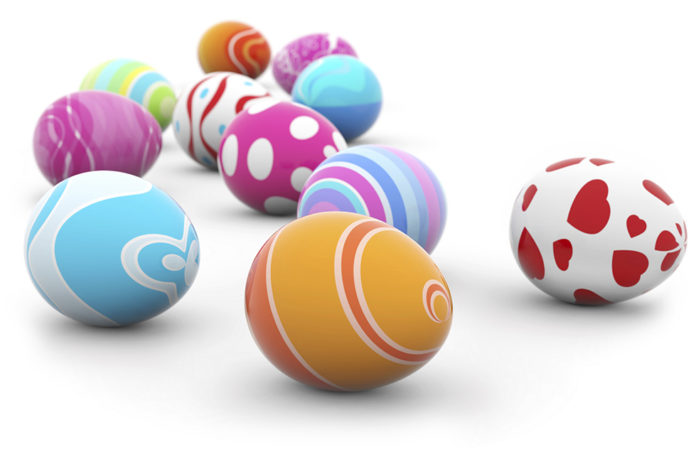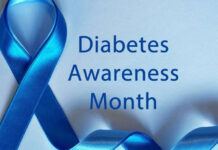
If eggs are a part of your family’s Easter celebrations, Health Canada reminds you to follow these safety tips when handling:
Egg Safety:
Shop carefully: Purchase refrigerated eggs at the end of your shopping trip. Check their best before date and inspect them to make sure they aren’t dirty or cracked. Dangerous bacteria can enter a cracked egg.
Keep eggs cold: Store eggs in the original carton in the body of the refrigerator instead of in the refrigerator door.
Keep clean: Wash hands, utensils, cutting boards and counters carefully with soap and warm water before and after handling raw eggs. This helps avoid potential cross contamination and prevent the spread of foodborne illness.
Easter eggs:
If you hollow out egg shells by blowing out the egg through holes in the shell:
Wash eggs in hot water first and rinse them in a solution of 1 teaspoon chlorine bleach to ∏ cup water.
Refrigerate the uncooked egg contents immediately and use within two to four days. You can freeze the contents for up to 4 months.
If you hard-boil eggs:
Cook eggs thoroughly in boiling water.
Cool eggs completely by immersing in cold tap water, and make sure they are kept cold before and after they are dyed.
Use a non-toxic colouring dye to decorate eggs.
Decorated eggs that have been left out for longer than two hours are not safe to eat and should be thrown away after Easter.
If you’re having an Easter egg hunt, carefully consider where you hide your eggs. Avoid areas where the eggs might come into contact with pets, wild animals, birds, insects or chemicals.
Chocolate eggs:
For those who prefer the sweeter taste of chocolate, here are a few things to keep in mind:
Although chocolate is not usually associated with foodborne illness, it is best eaten within one year of production. Check for the “best before” date.
If you have food allergy concerns, be sure to read the label carefully for the presence of allergens such as peanuts or other nuts.
The white or grey film that develops on chocolate isn’t a sign that it has gone bad. When the fats in chocolate separate from the cocoa mass, it results in something called “fat bloom,” which may alter the chocolate’s taste or texture slightly, but is perfectly safe to eat.
Remember, don’t overdo it! Most chocolate is high in sugar and fat and is best consumed in moderation.











